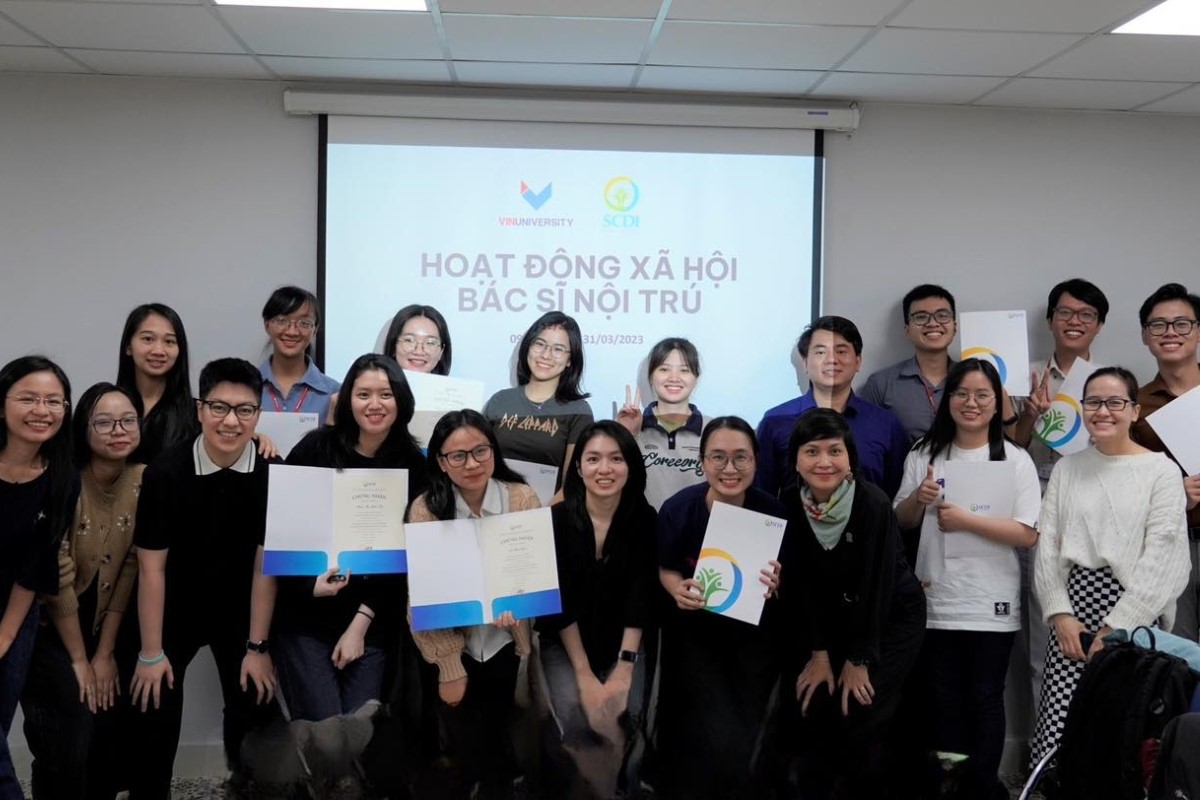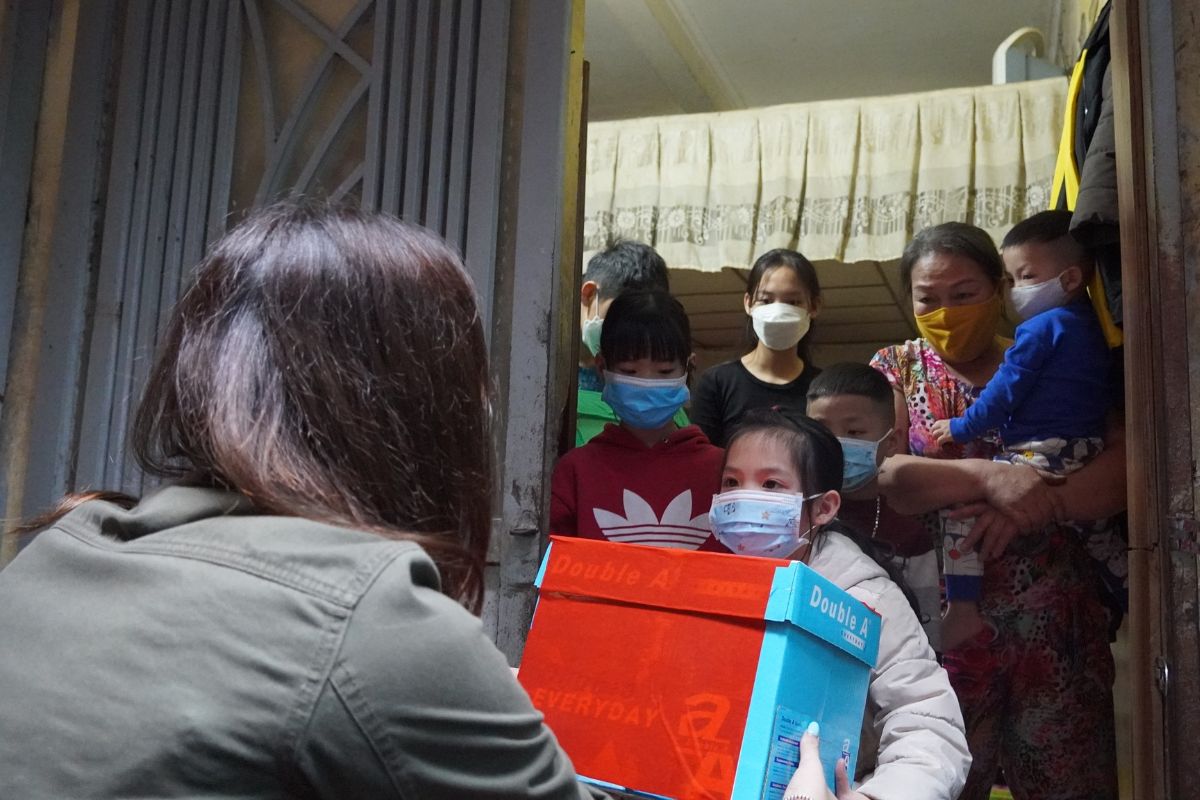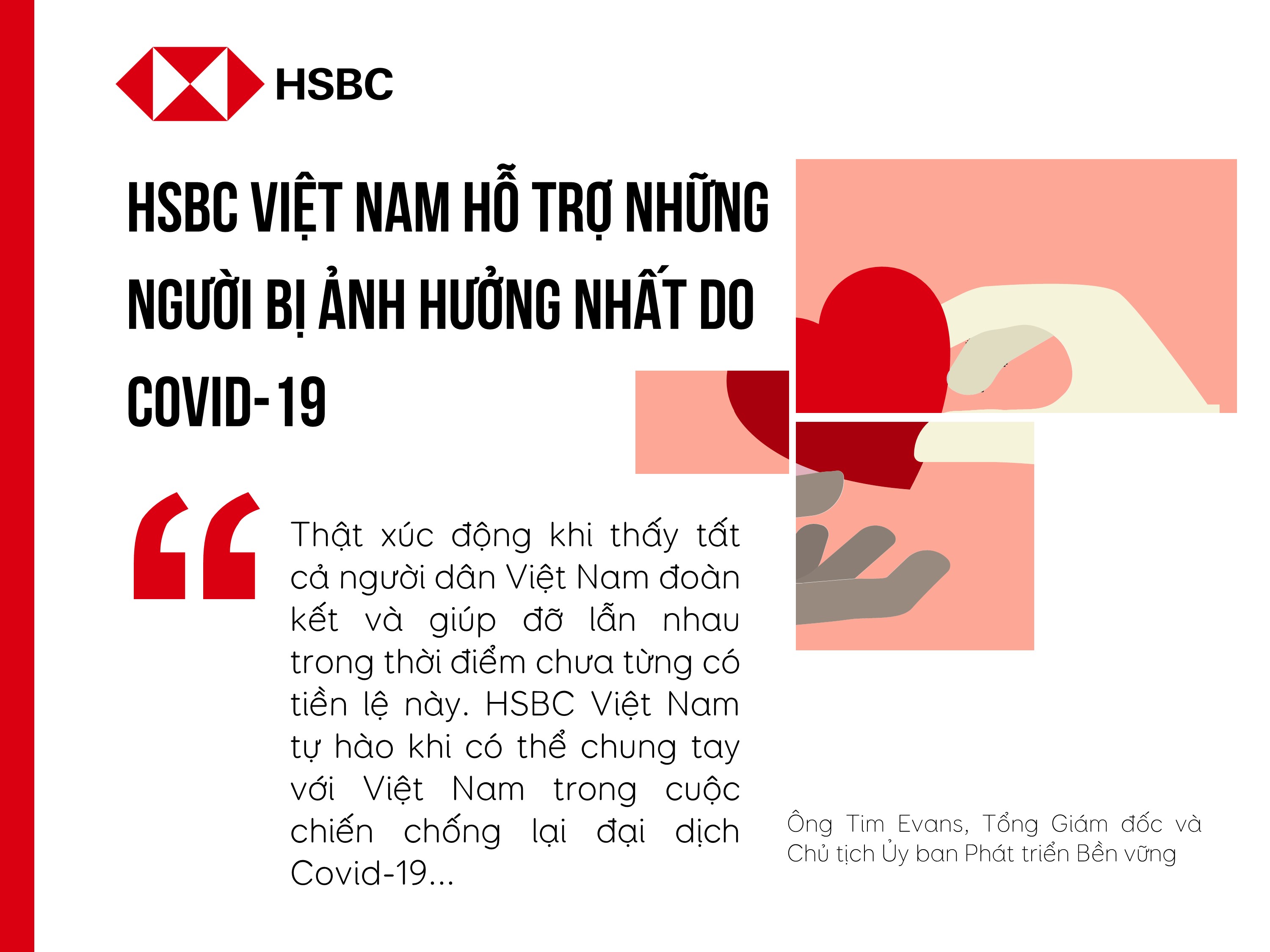Responding to and celebrating the 30th anniversary of World AIDS Day December 1st.
Professor Francoise Barré-Sinoussi was born on July 30, 1947 in Paris, France. Graduating from Paris University of Science in 1975, she successfully defended her doctoral thesis in Virology and started working as a researcher at the Pasteur Institute in Paris.
In 1983, together with scientists of Paris Pasteur Institute, Francoise Barre Sinoussi discovered HIV virus, which causes Acquired Immune Deficiency Syndrome (AIDS). 25 years later, Francoise Barre Sinoussi and Luc Montagnier were awarded the Nobel Prize on Physiology or Medicine for their contributions.
She is the author and co-author of 225 papers in scientific journals and a member of many international scientific research organizations. She has also been awarded many national and international awards for her scientific contributions in the field of HIV / AIDS, including the Highest Legion of Honor Medal - Grand Cross (Grand-Croix).
Motivation comes from the community
The Annual meeting of VCSPA 2018 was honored to welcome the participation of Professor Francoise as a guest speaker. At the meeting, she had enthusiastically shared some of the stories from her Journey to discover and fight against HIV/AIDS virus.
When asked about the motivation to go all the way to Hai Phong - Hanoi - Hue - Quang Binh to attend the Annual Meeting of VCSPA, the professor shared that she had worked with the community since the very first days of conducting research on HIV and always "very very happy" whenever there is an opportunity to interact with the community. To her, the community is also her life. "I find myself a part of the HIV community."
Professor Francoise Barre Sinoussi (on the left) joined to talk at the Annual Meeting of VCSPA 2018 on November 23rd in Quang Binh
According to her, "For researchers, it is important to understand the wishes and needs of the community. We need to approach and acknowledge the views and opinions of the community to adjust our research project. It’s amazing when there is participation from the community in our study. In a research project that does not distinguish who is from the community, who is the doctor, who is the researcher ... that project will certainly succeed. "
Professor Francoise also emphasized that HIV is the first disease in which treatment requires a close connection among policy-makers, therapists, researchers, and the community. Within a short time since the detection of the disease so far, HIV / AIDS has been treated. This is a proof that if there is connection between the community and stakeholders, we can achieve seemingly impossible goals.
Journey to find HIV / AIDS virus
At Pasteur Institute in Paris, Prof. Francoise specialized in studying the group of viruses belonging to the reverse transcription virus family and the association between this virus group and cancer. In 1981, the first HIV/AIDS patient was discovered in the United States. When the first AIDS patient appeared in France, clinicians consulted scientists at the Paris Pasteur Institute about it because they did not know if the virus belonged to the reverse gene transcription family. This is an important point at the beginning of the collaboration between clinicians and researchers. “At that time, we had a clinical doctor and a researcher but we had no opinion from patients. With the consent given by patients, we conducted lymph node biopsy and cultured in the laboratory. The monitoring process shown that this virus is not the same as any other virus that has ever known. We studied protein, how the virus multiplies, ... and all that involved. At that time, our research team had only about 4-5 people, so we had to ask other experts to help us. "
In 1983, along with scientists at the Paris Pasteur Institute, Professor Françoise Barre Sinoussi had evidence that it was this virus that caused HIV, acquired immunodeficiency syndrome. The research team then worked with private companies to test antibody test tests and invent a type of molecule that inhibits reverse transcription in the laboratory. This molecule is a precursor to AZT drugs - the world's first medicine for HIV.
In 2008 - 25 years after the discovery of breakthrough HIV / AIDS virus, Françoise Barre Sinoussi and Luc Montagnier were awarded the Nobel Prize in Biomedical Sciences.
Persistent fight against HIV/AIDS
In 2010, as the President of the International AIDS Society, she founded a research team on HIV Cure - Cure HIV. Since then, although she has left the position of the President, young scientists are still actively researching and making progress, and many coalitions have been formed to treat HIV completely.
Several strategies are being studied and tested. "According to previous studies, viruses exist because they hide in the genome of human cells. Drug treatment does not see the virus to destroy it. The researchers' strategy is to provoke those viruses, to make them active again. When the virus is in active state, we use medicine to destroy it. We know that just waking up those viruses is not enough. We have to combine both waking up and preventing it from returning to inactive state (possibly with antibodies) so that the drug can destroy it.” Professor Francoise said. In addition, a similar strategy can be used to treat cancer. Cancer cells multiply rapidly, but the cells are weak so vaccines can be used to increase antibodies. Another strategy is gene therapy, which means using genes to cut the ability of viruses to attach to cells in the body and many other strategies. All these strategies are being researched and will need time to get results.
Repelling HIV / AIDS requires community companionship
“For people who live longer, the chance of having many co-morbidities, especially the cancer is higher. The mechanism of cancer and HIV is the same. We need to work to find out why many people with HIV also have cancer. Is there any correlation? I believe we will have not only one treatment, but many different treatments. These therapies will be appropriate for specific individuals. To reach this step, we need to collect biological indicators to classify patients and appropriate treatments. For individual therapies, these biological indicators need to be studied in different community groups, therapies that need to be tested in different countries, different peoples.”
Photo: Professor Sinoussi received the admiration of many community members participating in the field of HIV / AIDS prevention and control
During the journey to discover HIV / AIDS, Professor Francoise has always been proud that the cooperation among the community and the parties has helped treatment process developed quickly and effectively. She affirmed that the community plays a very important role in developing treatment strategies. Researchers need to know which strategies the community can accept because some measures can be toxic and dangerous. Therefore, we need and encourage community participation in research, clinical trials in order to develop and implement appropriate strategies.
Take action together
With the relentless efforts of the world for decades, the fight against AIDS is gaining encouraging steps. However, to increase the chances of living for many HIV-infected patients and countries, including Vietnam, it is necessary to make more efforts.
“We need to continue to stick together, unite to fight together. We need you. You need us. We need to work together. The things you are doing are important to protect you and others.” Once again, the community is called to join hands on the journey to fight against HIV / AIDS.

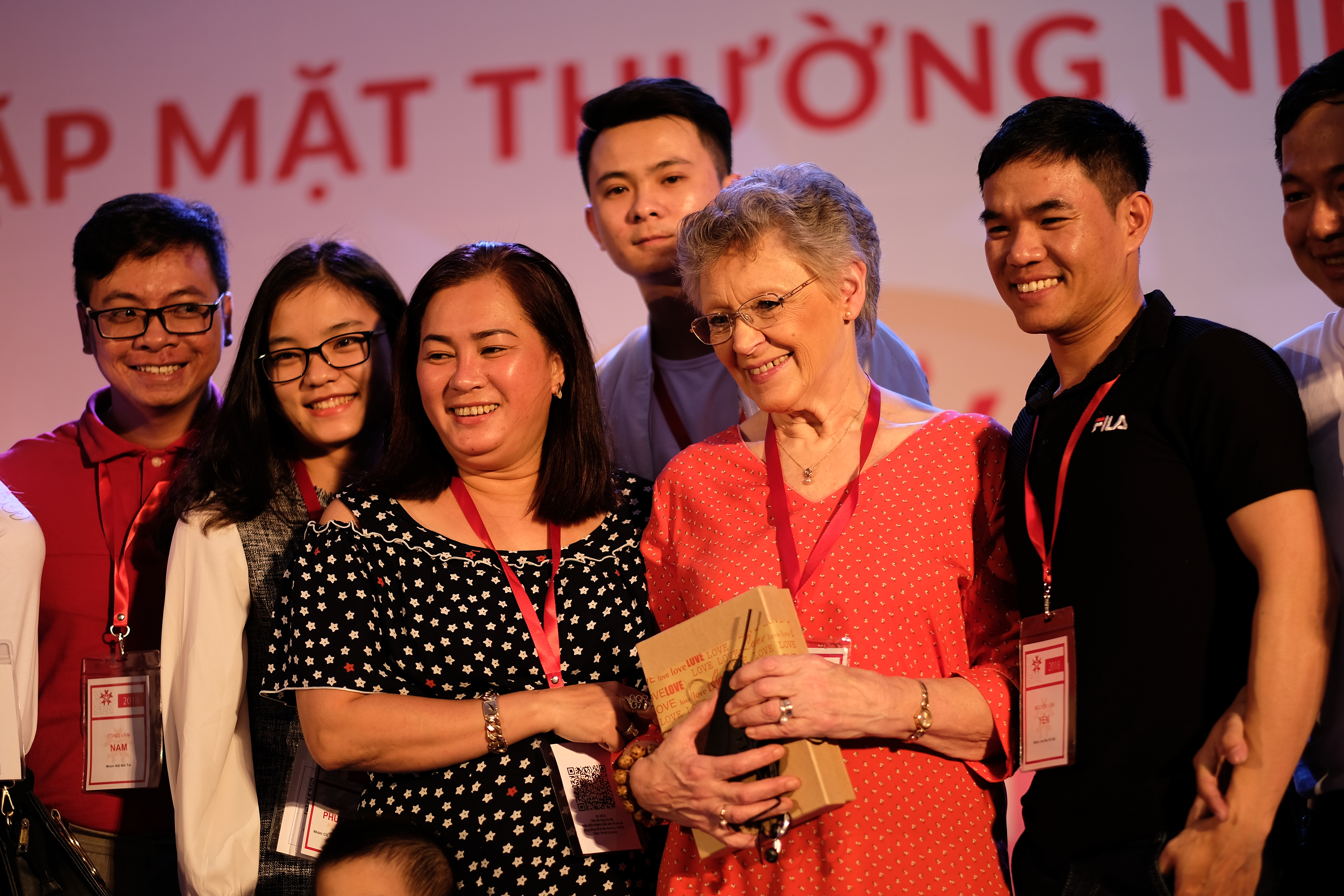
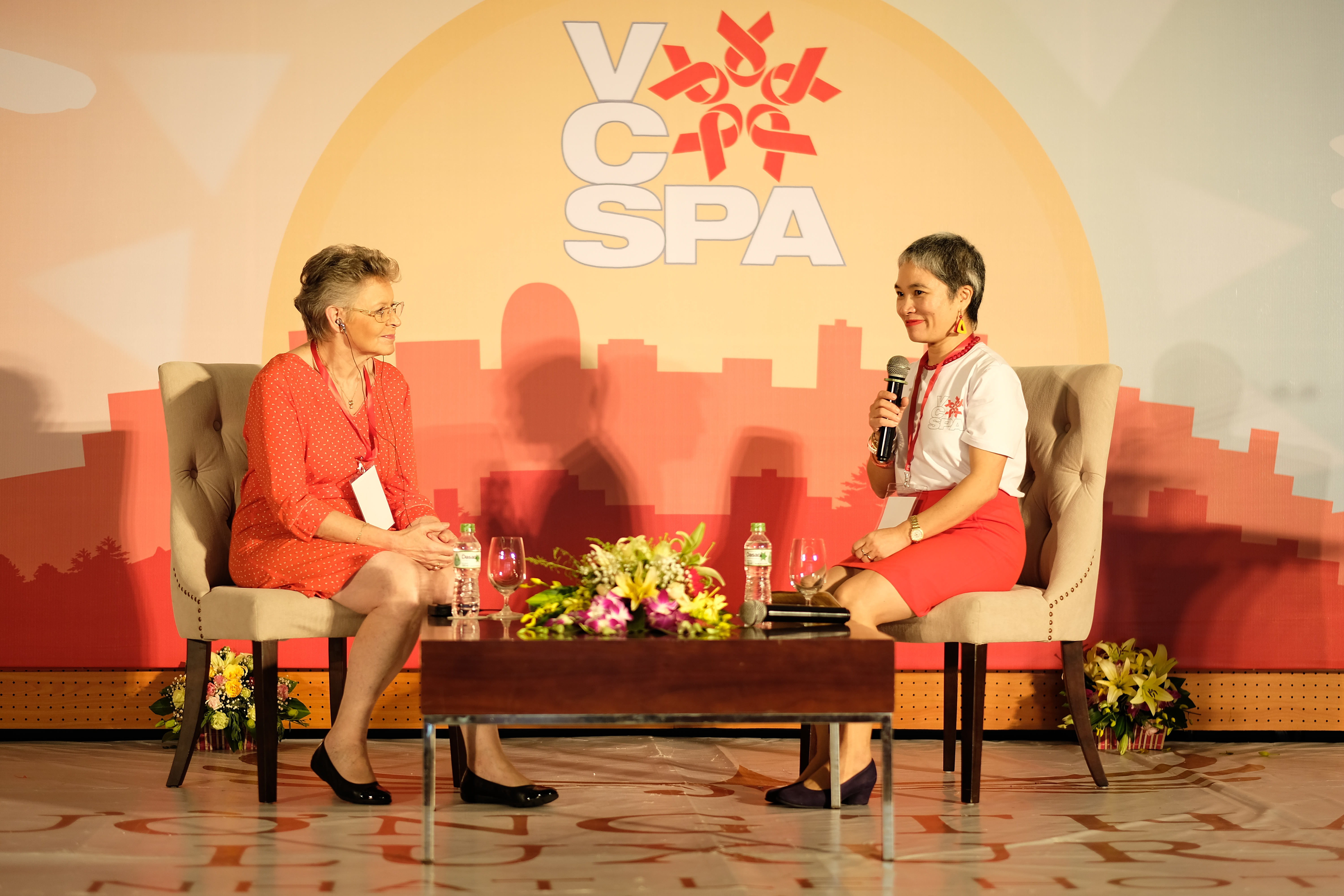

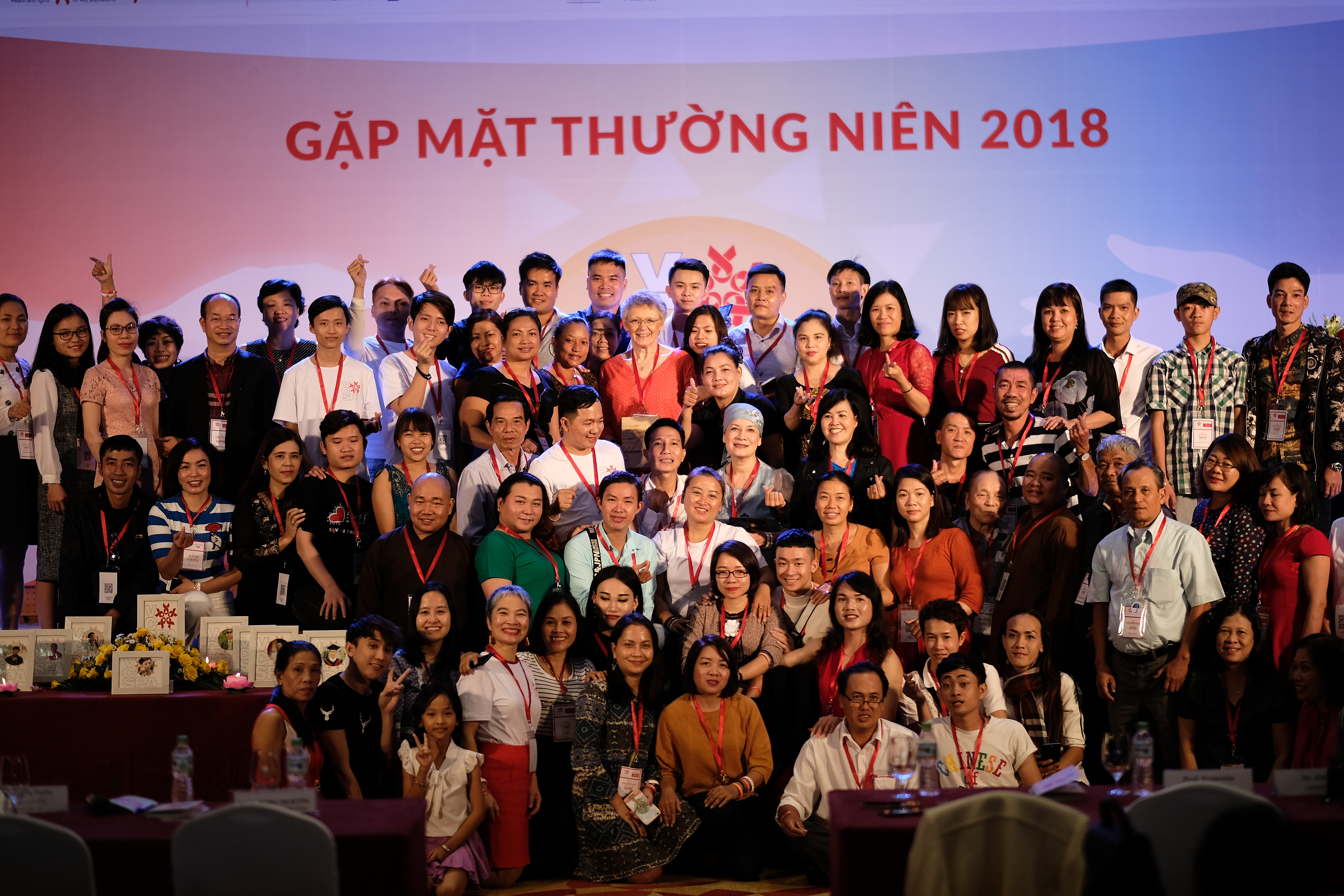
.jpg)
.JPG)
.jpg)
.jpg)
.jpg)
.jpg)
